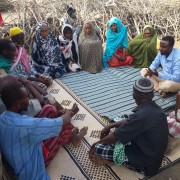
Muna*, a 31-year-old mother of eight, has seen her farm in Somalia grow, even as the country suffers from a severe drought and risk of famine. Muna also cares for her elderly mother and ill nephew, and is expecting this season’s harvest to be large enough to feed her family for up to six months with sorghum and beans left over to sell at market.
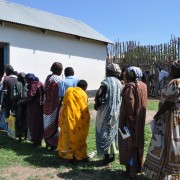
For one week each month, Clementina Peter Loku, a 56-year-old widow and resident of South Sudan’s capital city of Juba, walks daily to a local training center to take classes on practical life skills—including nutrition, hygiene promotion, home gardening, entrepreneurship and income generation strategies. In exchange, she receives a monthly cash transfer of approximately $45 that allows her to feed her family.
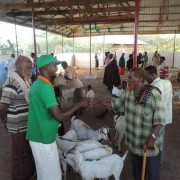
Somalia is one of the lowest performing countries in the world in terms of economic growth, gender equality and human development. The government is still rebuilding after its collapse 25 years ago and struggles to provide even basic health and education services. Only five years ago, parts of Somalia were devastated by a famine.







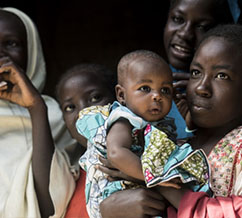
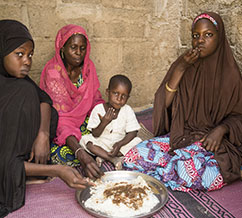
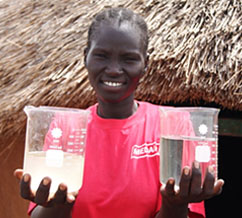

Comment
Make a general inquiry or suggest an improvement.